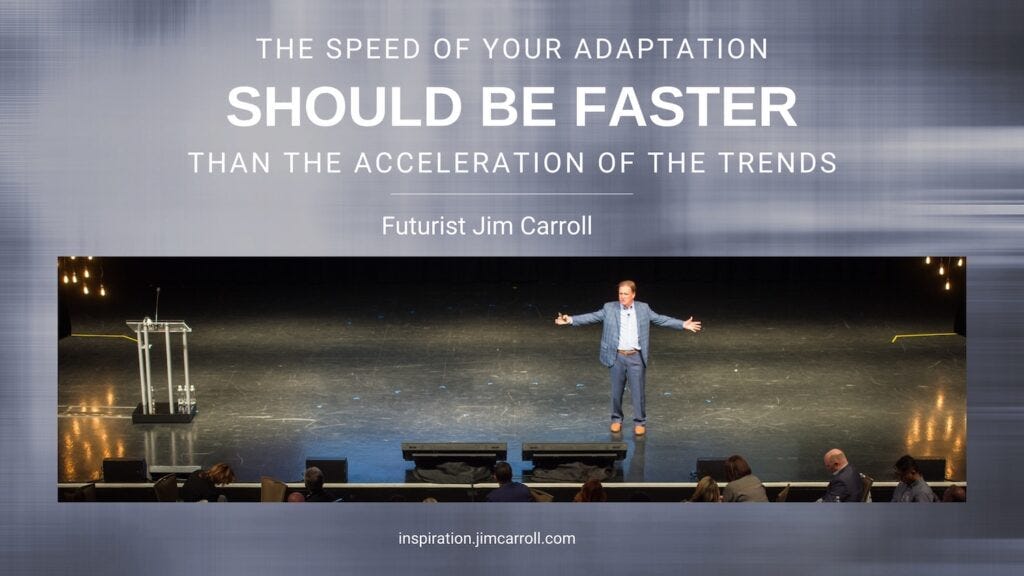Just a month from today, I will be the luncheon speaker for the Align UKI Forum Live 2022 in London -- it's on behalf of Invisalign, the unique dental alignment solution you will be familiar with. I'll have over 500 dentists in the room, and will take them on a voyage on the future of their industry.
This is not the first time I've spoken to this industry; indeed, earlier this winter, I did something similar for 700 dentists at an event in Phoenix, and just before Covid, opened the annual conference of the Ontario Dental Association; before that, many other similar events. I've seen a lot of change within the industry over the years - it was just 8 years ago that I was in Las Vegas with an opening keynote for the National Association of Dental Laboratories. In that case, I found myself on stage about the 3D printing of dental implants as a new idea in active development but still a type of futuristic thing. Today? It's become mainstream, regularly being used to 'print' dental bridges and implants and other stuff.
The speed of change in this industry is fast - here's a TV interview from two decades ago in which I'm talking about the future of the industry:
The key issue for the professionals who work within this industry - as within many other industries - is that the ability to adapt to the pace of change is critical. Here's a highlight clip from my keynote for one of these dental associations.
With all of this in mind, it's fun to note that the folks at Dental Review News in the UK ran an article on my upcoming keynote - you can read the full article here. But these two extracts highlight the mindset I'm hoping to bring into the room.
“You have to be prepared to change your future before your future changes you, but what do I mean by ‘future’? Some futurists gaze into a crystal ball and offer their long-term views, predicting changes that might happen over the next 50-100 years. Dentists I talk to today are not interested in hearing about possible changes in the 22nd and 23rd centuries, they want to know what might happen in the next five, 10, or 15 years, and what disruptive technological innovations might impact their business. “Those innovations and trends are around us now, what we once predicted would happen in future decades is happening today.
....
Intense research is at the heart of his theorizing and interpretations of future potential. He says: “I can focus on any subject and find thousands of papers and articles, then I can drill deeper and look at, say, bionic implants or 3D printing, CAD/CAM and AI in the dental surgery and laboratory, and I can see that the dental world is speeding up, it is accelerating to a fantastic degree.
“So are the patients, their expectations are changing. They want to see an investment in the latest technology in order to feel they are getting the best level of care. They want to see CBCT scanners, intraoral scanners, CAD software, all of the things that make them feel safer in the surgery. Clinicians who can’t or won't embrace change will be left behind.”
Jim adds: “I don’t mean that you have to invest in the complete digital dental workflow overnight, I say do it right. That’s what I mean by Think Big, Start Small, Scale Fast, it’s about making time to explore what’s possible with innovation. Traditional dentistry incurs higher costs and lower levels of interest from the patients. Embracing technology has a great return, failing to do so is failing to recognize both the world we live in today and the one we will find ourselves in tomorrow.”
The key message? Stay ahead of trends - and change your future, before the future changes you!

